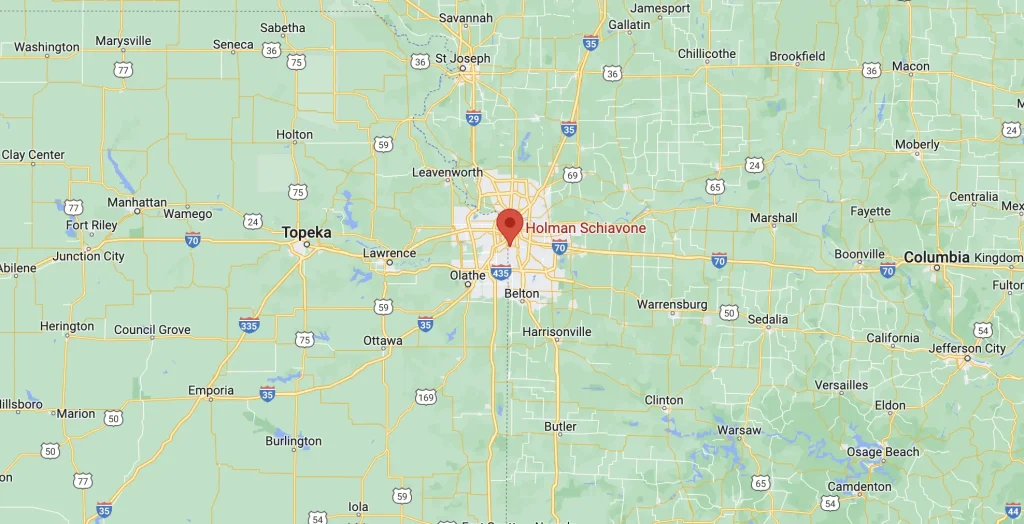The U.S. Supreme Court released an opinion earlier this year that may unfasten new opportunities for victims injured or killed in car accidents. The case of Williamson v. Mazda Motor of America, Inc. questioned whether a federal seatbelt regulation preempted a negligence lawsuit against an automobile manufacturer in state court. The U.S. Supreme Court reversed the lower court’s opinion in this case, deciding that the federal seatbelt regulation at issue does not preempt automobile manufacturer lawsuits at the state level for negligent seatbelt design or placement.
Williamson v. Mazda Motor of America, Inc.
Thanh Williamson was killed when her family’s Mazda minivan was struck in a head-on crash in California in 2002. Thanh rode in a rear passenger seat on the minivan’s aisle, which had only a lap-belt. Thanh’s family sued Mazda, claiming the decision to negligently install only a lap-belt in her seat led to her death. The trial court dismissed the case asserting Federal Motor Vehicle Safety Standard 208 (FMVSS 208) preempted it. The California Court of Appeals affirmed, citing additional support in Geier v. American Honda Motor Co. In February of this year, the U.S. Supreme Court unanimously reversed the lower court’s ruling.
The Court decided FMVSS 208, which requires automobile manufacturers to install lap- and shoulder-belts on seats next to a vehicle’s doors or frames, does not preempt state liability lawsuits. While the regulation gives manufacturers a choice to install only lap-belts or both lap- and shoulder-belts on inner rear seats, it does not bar lawsuits against automobile manufacturers who negligently install only lap-belts. The Court distinguished Williamson from its Geier ruling, where a federal airbag regulation preempted a state liability lawsuit, by stating the manufacturer’s choice about which rear seatbelts to install in FMVSS 208 was an issue of cost effectiveness and did not serve key regulatory objectives.
Impact of Case
Williamson impacts both automobile manufacturers and injured victims of car accidents. Manufacturers may now be liable for injuries and deaths occurring at the time their vehicles’ were designed. While this puts an extra burden on those manufacturers who chose to put only lap-belts on the inner rear seats of their vehicles, it opens up new opportunities to sue and recover for seatbelt defects like design or placement for people injured, or family members of those killed, in car crashes. Williamson also affirms that federal regulations like FMVSS 208 set forth minimum standards that may be challenged or supplemented by state tort litigation.
Opportunities for Victims
Victims of car accidents now have more motivation to stand up and hold automobile manufacturers accountable for poor seatbelt design and placement. If you were injured, or your family member was killed, in an accident that involved defective seatbelts or poor seatbelt placement or design, particularly in rear seating, contact a local personal injury attorney. A lawyer with experience in product liability and defect litigation can help you determine if the U.S. Supreme Court’s recent opinion in Williamson v. Mazda Motor of America, Inc. unfastens an opportunity for you to pursue a seatbelt negligence case at the state court level.


